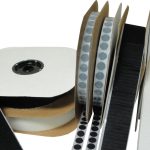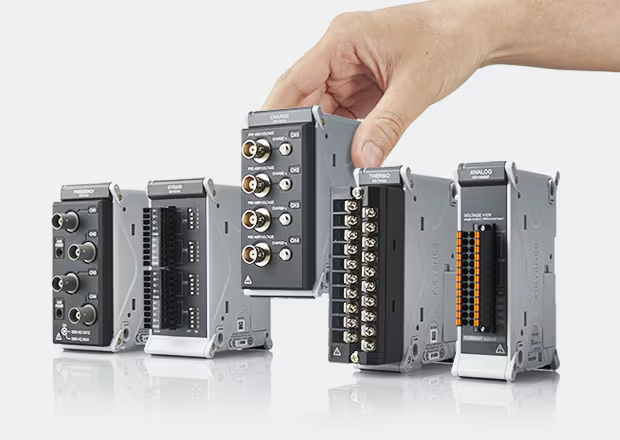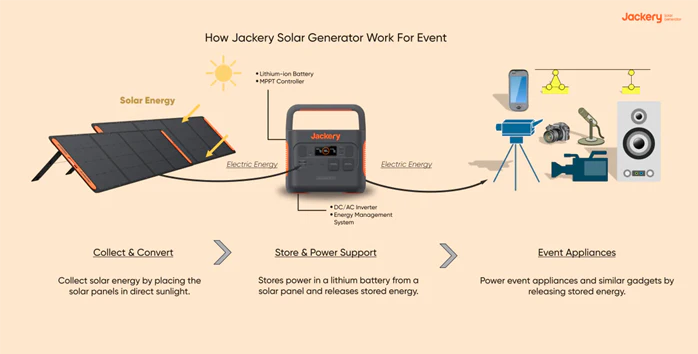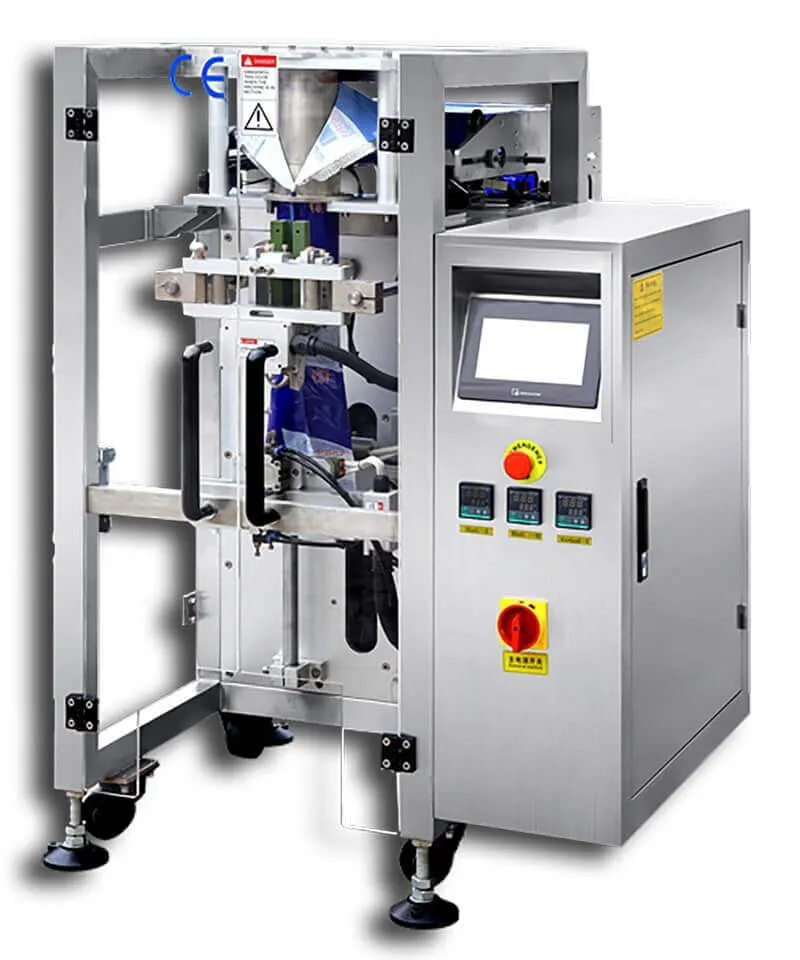Finding the right Data Acquisition (DAQ) system can feel like a challenge, especially with so many models, specs, and features to sort through. Choosing the wrong DAQ system can result in poor outcomes and wasted resources. Whether you’re working in automation, lab testing, or field monitoring, the right DAQ system helps you collect the data you need accurately and efficiently.
This comprehensive guide breaks down the essential considerations, empowering you to choose confidently and eliminating uncertainty. Keep reading to get the insight you need before making your next move.
Understanding Your Measurement Needs
Before you look at different DAQ systems, take a moment to understand what your project needs. This helps you avoid buying the wrong system. It also saves you time and money.
Think about what kind of signals you need to measure, like voltage, current, or temperature. Count how many channels you need to collect data at once. Also, check how fast the system needs to read the data.
You should also know how detailed your data needs to be. Higher detail means higher resolution, but it may cost more. These insights will streamline your decision-making process, allowing you to quickly narrow down your options.
Key Features to Consider in a DAQ System
To begin selecting a DAQ system, clearly identify the types of inputs it supports. Ensure it can accurately read the signals you need, such as voltage, current, or temperature. If the system can’t match your signal types, it won’t be effective for your data acquisition needs.
Next, consider how many channels the system offers and whether they can handle all your signals at once. Check the sampling rate to confirm it can collect data quickly enough for your application. Don’t overlook resolution-higher resolution delivers more precise and detailed results.
Application Scenarios
Different industries utilize DAQ systems in various ways, including specific applications. In industrial automation, they track things like machine performance, safety limits, and process changes. In environmental applications, DAQ systems assist in quantifying pollution levels, monitoring weather patterns, and tracking environmental changes over time.
In research, DAQ systems are key for running experiments and collecting data in fields like physics, biology, and engineering. Each of these areas needs specific features, so knowing your application helps you choose the right system. Picking a DAQ that fits your current job and can handle future needs will save you time and effort later.
Comparison of Different DAQ Systems
After you’ve decided on the key features you need, the next step is to compare different systems side by side. Check product reviews to see how the systems perform in real-world situations. Manufacturer specs are also helpful for understanding reliability and performance.
Look at user testimonials to find patterns in satisfaction or problems. Check the warranty and support options to see how well each company backs its product. Comparing these details carefully will help you choose a system that’s worth your money and meets your needs.
Take the Next Step with Confidence
Choosing the right DAQ system makes your job easier and your results better. You now know what to look for and how to find the best fit for your project. When you are ready, our team is here to provide straightforward advice and solutions that are effective.
We have successfully assisted others and are eager to help you as well. For additional tips and tools, visit our blog.

Dilawar Mughal is an accomplished author with a passion for storytelling. His works span various genres, from thrilling mysteries to heartfelt romance novels. With a keen eye for detail and a knack for character development, Sana Fatima weaves engaging narratives that captivate readers and transport them to new worlds.










